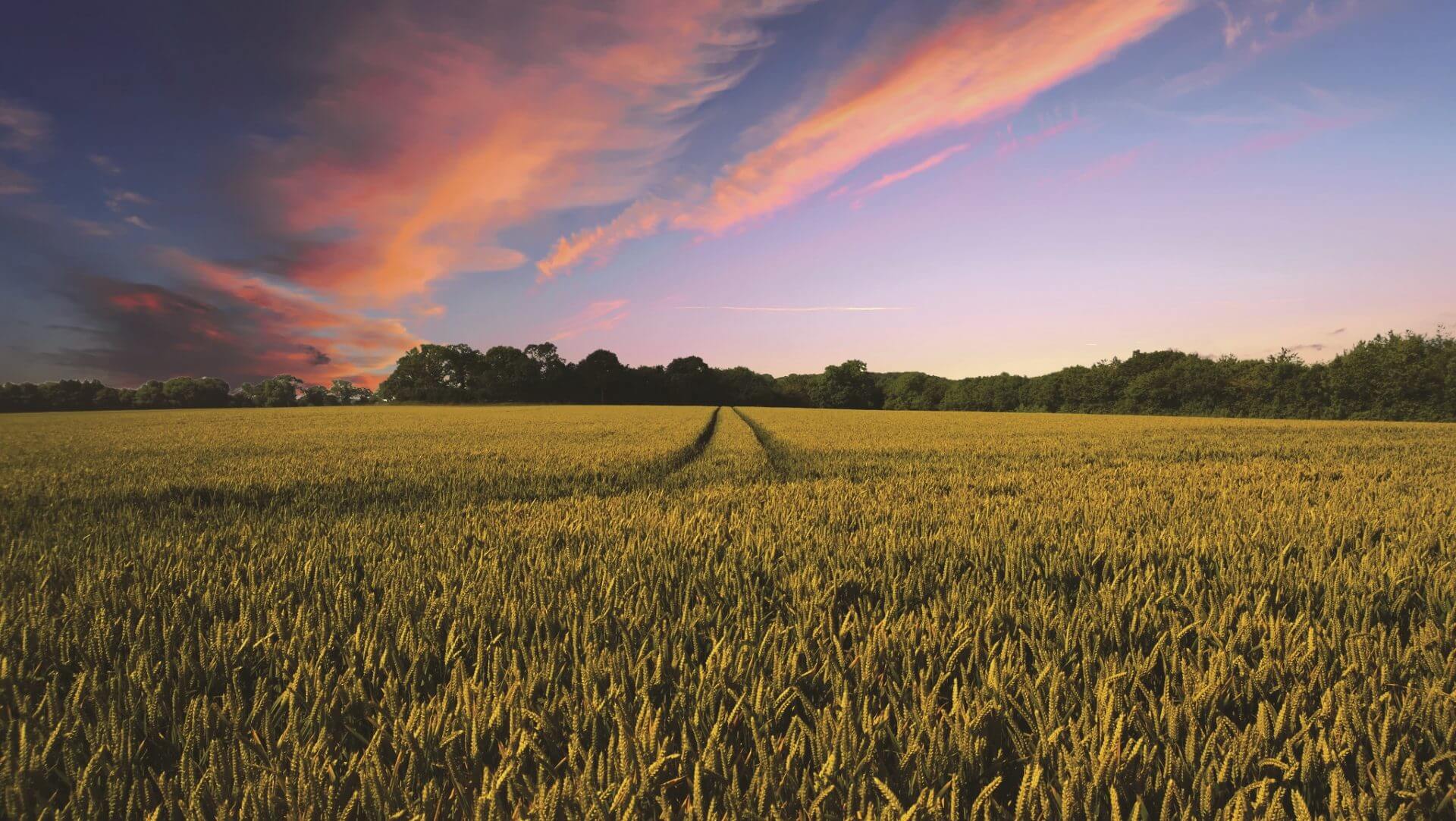Land of Plenty?
How do we feed a planet of 10 billion people? Rethinking our food systems is a good place to start, says Barath Raghavan, a computer science assistant professor at USC Viterbi.
“If you look at agriculture today, the food industry is the most ecologically damaging industry globally, even worse than transportation,” said Raghavan, a horticulture enthusiast who grows hundreds of rare fruits and vegetables at his home in Los Angeles.
Working with agriculture experts, Raghavan is developing a computerized system to help farmers design, develop and manage sustainable agricultural systems. He calls this new area of research “computational agroecology,” combining technology and farming expertise to develop diverse agricultural landscapes based on natural ecosystems.
Raghavan recently received first-time funding from Schmidt Futures, a philanthropic initiative founded by Eric and Wendy Schmidt that bets early on people who will make our world better.
He hopes his system could one day help people around the globe design sustainable farms by determining what crops to grow for the best harvests with the least environmental damage.
“With this concept, we can expand the notion of a farm and a farmer,” said Raghavan. “A farm can be anything, from a sidewalk strip and a backyard to a one hundred- or one thousand-acre farm.”
Ticking Clock
Michael Kantar, an agroecologist from the University of Hawaii, has been working with Raghavan on the project since 2018.
“When Barath first started talking about the idea, I got really excited — this is what I’d been wanting to do but couldn’t articulate,” Kantar said. “Industrial agriculture is good at producing calories, but it says nothing about crop diversity, whether that food is nutritious or the environmental impacts of how that food is grown. People are still starving from malnutrition and we are suffering an obesity epidemic. Something is clearly not right.”
Global agriculture typically relies on monoculture: a single crop, repeatedly grown on the same land using large quantities of fertilizer, pesticides and fossil fuels. Instead of rotating crops to naturally restore nutrients and organisms in the soil, monoculture causes nutrients to deplete.
If the current rate of degradation continues, all the world’s topsoil could be gone by 2050, according to the United Nations.
With the clock ticking, alternatives to industrial farming practices have been suggested, from vertical indoor farms, hydroponics and cultured meat, to smart sensors for optimizing fertilizer usage.
“But it all feels like doubling down on a broken system,” Raghavan said. “It seems to me that we need to once again grow more of our own food, grow a wider array of crops, and do so with more sustainable methods.”
What we really need, he said, is to hand the reins back to nature, creating agroecosystems based on ecological principles, instead of battling nature with chemicals.
How It Works
Raghavan came up with the concept of computational agroecology three years ago while working as a senior researcher at the International Computer Science Institute in Berkeley, California. His idea was to apply his knowledge of complex systems to tackle one of the biggest problems with agroecology: synthesizing huge amounts of information at scale.
“In agroecology, you have to know what plants and species work for different locations and how to keep the balance in check,” said Raghavan. “It is hugely complex, and there aren’t that many people who know how to design these systems.”
But what if you could create a system that would replicate an agroecology expert’s intuition, providing recommendations for designing agroecological farms in a few clicks? Type key information into the system — such as location, soil type and acreage — and the system would tell you what to plant and where to produce an optimal yield.
For example, a farmer in Ghana facing parched, eroding soils could get specific advice on the best plants to grow on the land and ways to capture water and nutrients without soil-eroding practices or using declining fossil fuel reserves.
The system’s recommendations would be based on knowledge of numerous plants, animal and insect species, and climatology, land topography, soil ecology and water management.
Paradigm Shift
Kantar is hopeful that computational agroecology will endeavor a paradigm shift for the agriculture industry.
“It’s ambitious research, for sure, but it’s not pie in the sky,” Kantar said. “Ultimately, industrial agriculture is not sustainable. Failure is not an option. So I’m really excited to see where we can go with this.”
Working with Kantar and other researchers at the University of Minnesota, Raghavan’s team will build models of plants and their interactions with other plants, and climate and soil models using information from preexisting databases.
These models could then be used for agroecosystem planning, producing designs in a particular location for a user’s specific objectives. While the project is in the preliminary stages, Raghavan hopes the global agriculture industry will leverage this type of tool within a decade.
“There’s a saying: The best time to plant a tree was 20 years ago. The second-best time is now,” said Raghavan. “Let’s get started.”




